
Fervent Frugality: 2019 Shell Eco-marathon India Comes To A Close
- Nov 25, 2019
- Views : 3829


The 2019 LA Auto Show, which you can read about here, is in full swing in the United States. A total of 65 cars were unveiled here, all of them with the latest automotive technology that we have in 2019. How were those different from the regular cars we drive here in India? Several features and technologies which used to be the reserve of top-spec Mercedes S Classes are now trickling down to less expensive vehicles. For example, connected car tech that we see in the MG Hector and Kia Seltos is a Tesla Model S feature. Even before that in 1996 GM had OnStar as a safety feature on some Cadillac models. To see the latest tech trends, we look at the exhibits of this year’s LA Auto Show:
Driver Assistance Technologies:
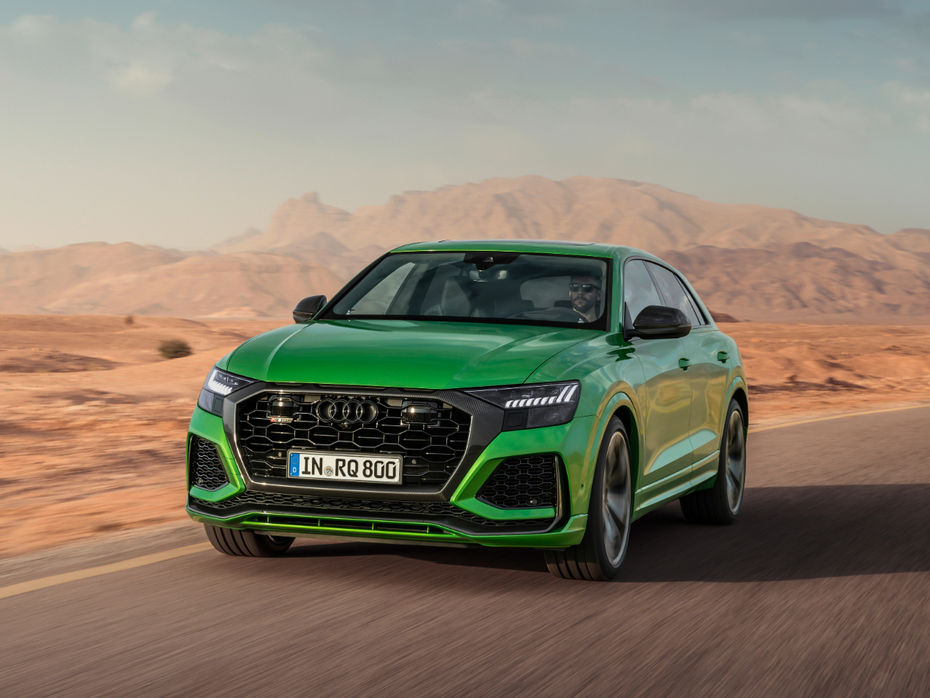
Driver assistance (DA) tech will now be standard on even the base models of the 2020 Mazda CX-9 and Infiniti Edition 30 vehicles. Several non-luxury cars like the Mazda CX-30 and even the US-spec Kia Seltos will offer assistance features as well. DA tech can mean anything from adaptive cruise control (ACC) with lane-keeping assist (LKA) to full-blown autonomy (which we don’t have yet). If your car can steer itself a bit and maintain its following distance, then at least on the highway, it can practically drive itself with your ready hand at the wheel.
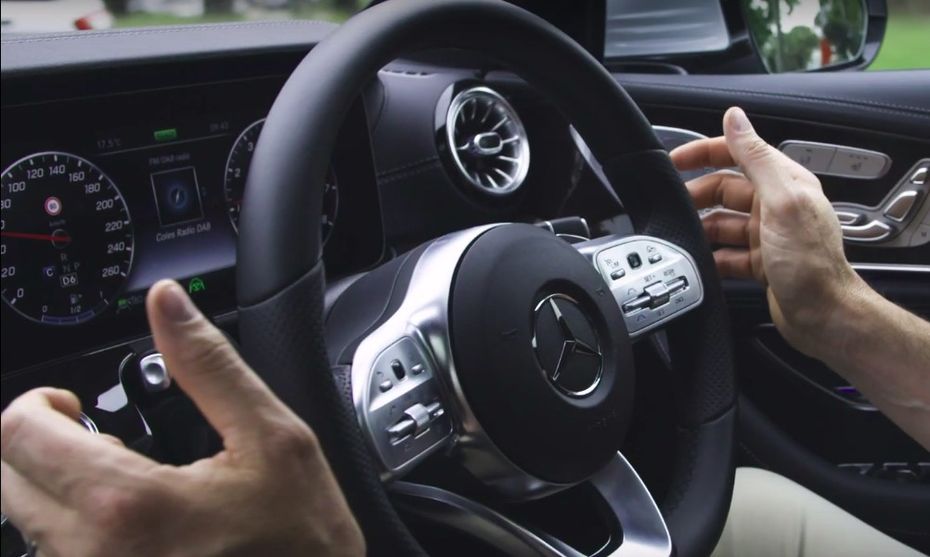
The first car to have proper ACC which could bring you to a full stop, idle, and then get moving again, was the Mercedes S Class in 1999. Currently, even the best production car systems in the world can offer a maximum of Level 2 autonomy, which means that they need your eyes on the road and your hands ready to take control. The 2019 Audi A8 is the first Level 3 autonomous vehicle and will be able to drive itself under perfect road conditions (properly visible road markings, good road surface) and little traffic. For such technologies to come to India, though, not only will we need an infrastructure overhaul, but also government regulations to allow for radar-based navigation systems. To read about Audi and Mercedes at the LA Auto Show, click here and here.
Active Safety Features:

Some manufacturers bundle driver assistance features in advanced safety packages since both use similar hardware. Active safety features prevent you from crashing into things and include pedestrian detection, cyclist detection, and braking to avoid collisions while reversing. Most systems use short-range sonars which measure your distance from an obstacle and decide how much brake force to apply in case you don’t.
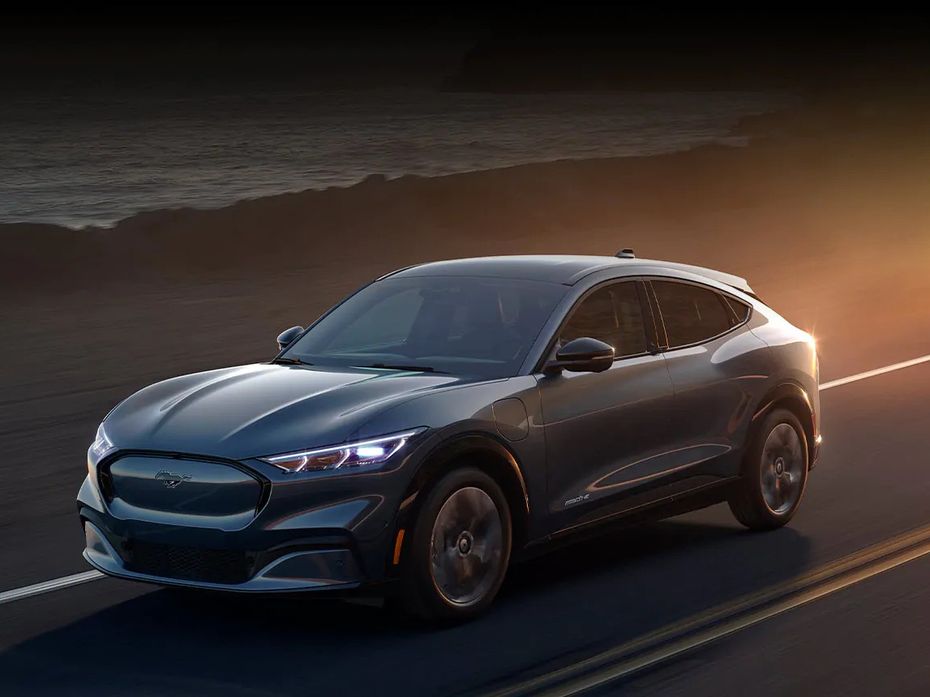
Check out the Ford Mach-E with its Ford Co-Pilot assistance system here. While the first of short-range sonar systems were developed as warning systems, autonomous emergency braking systems were put to use in production cars only in the last decade. Even if driver assistance tech is still a few years away in India, it is easy to see the benefits of active safety features which, if nothing else, will help avoid the most annoying of low-speed accidents like fender-benders which take crucial time off everyone else’s daily commute.
Energy Harvesting Hybrid Powertrains:
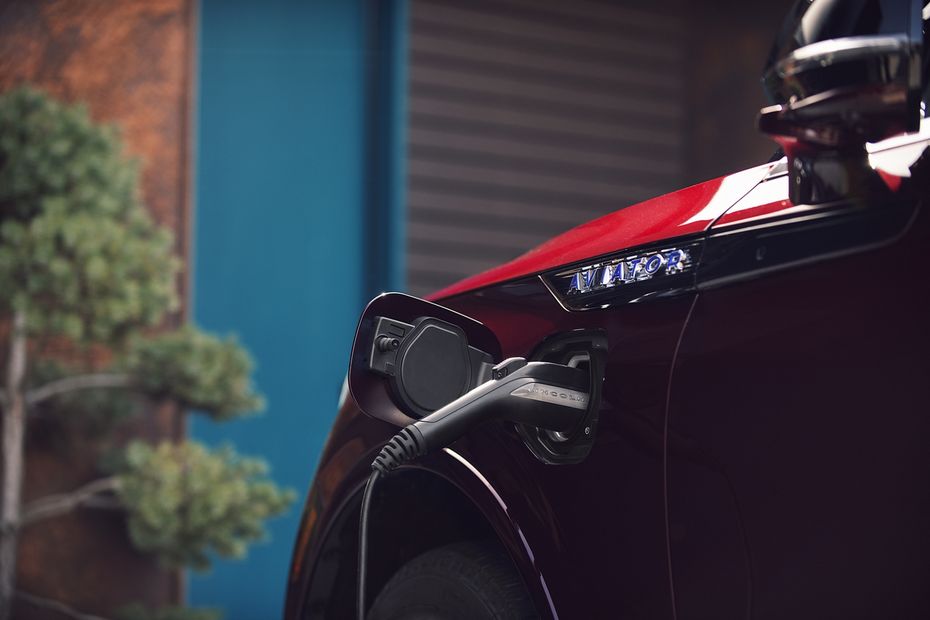
The 2020 Mercedes-Benz AMG GLS 63 is a mild hybrid which produces 250Nm of all-electric torque. Lincoln’s latest plug-in hybrid, the 2020 Corsair Grand Touring, can charge its battery up to 75 per cent while driving around. Hybrids are the next best vehicles for the environment after zero-emission vehicles. While we figure out how to get more of our electricity from renewable energy sources, hybrids, coupled with emission control technologies, can help make our cars cleaner than they currently are.
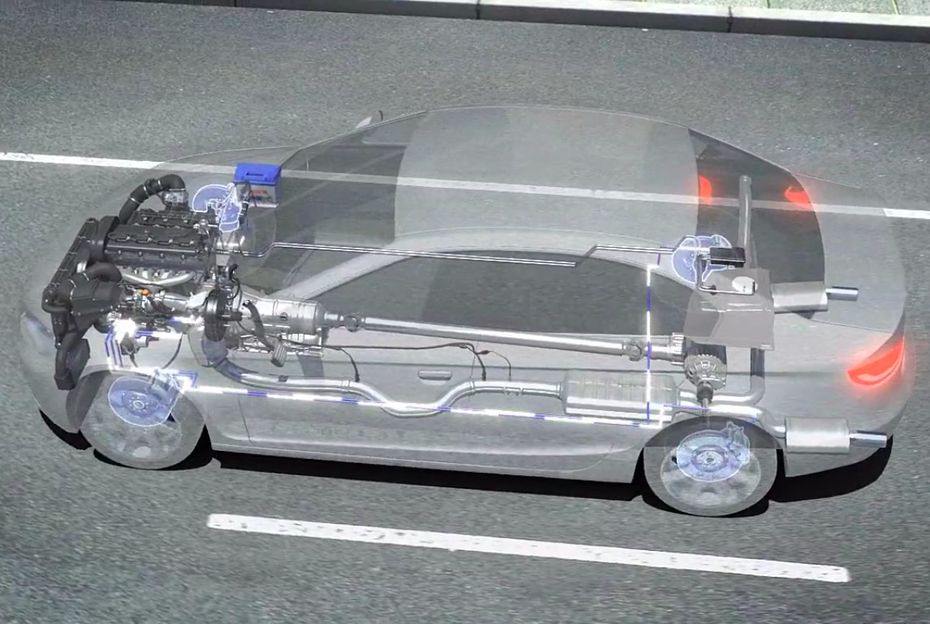
Regenerative braking uses the momentum of the moving car to supply electricity to the batteries. The electricity is then used by the car to supplement the engine’s power, thus keeping the engine’s revs in the sweet spot of thermodynamic efficiency. The upcoming BS6 norms and stricter norms in the future will necessitate hybrid powertrains in some cars. Hybrid cars may be more expensive than their combustion cousins, but innovations in battery storage like supercapacitors and solid-state batteries will soon make batteries less expensive. Cleaner cars have been vital in reducing urban pollution, and that’s enough of an excuse to switch to hybrids on your next vehicle purchase!

Fervent Frugality: 2019 Shell Eco-marathon India Comes To A Close

Auto Expo 2025 - All You Want To Know About The Hottest Auto Show!

Mahindra BE 6 Launched: Price For The Top-spec Variant Is Out!

Volkswagen Golf GTI Set For India Launch In Mid 2025, Top 5 Things...

JSW MG Motor India Revealed Their New SUV, The MG Majestor At Auto...

Auto Expo 2025: Tata Sierra ICE Concept Breaks Cover, All Details...

VinFast VF3 vs MG Comet EV: A Detailed Comparison Of The Two Cute And...

Here’s A List Of All Cars That Will Be Coming To The Auto Expo...

2025 Tata Nexon Introduced With 3 New Variants And 2 New Colours
India's largest automotive community
 Kia Syros
Rs. 8.99 Lakh
Kia Syros
Rs. 8.99 Lakh
 Vayve Mobility Eva
Rs. 3.25 Lakh
Vayve Mobility Eva
Rs. 3.25 Lakh
 BMW X3
Rs. 75.80 Lakh
BMW X3
Rs. 75.80 Lakh
 Hyundai Creta Electric
Rs. 17.99 Lakh
Hyundai Creta Electric
Rs. 17.99 Lakh
 Lotus Emira
Rs. 3.22 Crore
Lotus Emira
Rs. 3.22 Crore